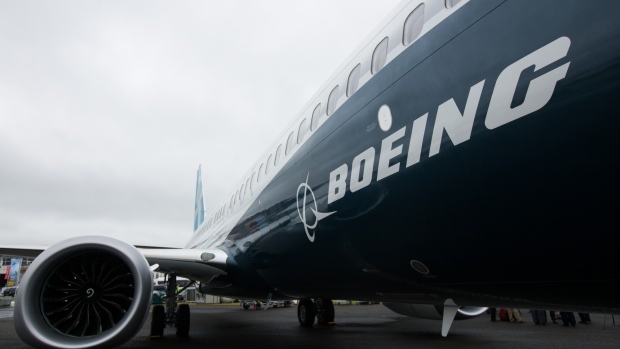More than 5% of older Boeing Co. 737 jets that underwent urgent inspections worldwide in the past week have cracks in a structure connecting the wings to the fuselage and will have to be temporarily grounded.

So far, 36 of the workhorse Next Generation models have evidence of cracking out of 686 that have been inspected, Boeing said in an email late Wednesday providing updated numbers. Earlier in the day, the company told airlines that 25 planes had been found with cracks, also at a rate of about 5%, said a person briefed on the discussions.
“This condition could adversely affect the structural integrity of the airplane and result in loss of control of the airplane,” FAA said in the order, which required jets with cracks to be grounded until they can be fixed. The FAA has no authority outside the U.S., but such orders are generally heeded elsewhere.
Gol, Southwest
Initial inspections have focused on the oldest aircraft, which appear to be most at risk for the cracking. That means that the percentage of Next Generation planes found to have problems could drop as newer jets are checked.
Aircraft with 22,600 to 29,999 flights must be inspected over the next 1,000 flights. There are about 6,800 737 Next Generation jets in service around the world, so the cracking has so far affected less than 1% of the entire fleet.
Brazilian carrier Gol Linhas Aereas Inteligentes SA said it would remove 11 of the jets from service. Grounding those planes to make repairs will affect 3% of passengers through Dec. 15. Southwest Airlines Co. has grounded two aircraft for signs of cracking after the initial round of inspections. The Dallas-based company has about 100 more aircraft to examine under the FAA requirement.
Indonesia’s Lion Air said it will inspect its 737 fleet in accordance with the airworthiness directive, though its planes have a maximum 25,000 flight cycles and no jets have been grounded. Garuda, Indonesia’s flag-carrier, has idled one plane after finding cracks, out of three with more than 30,000 cycles.
After the FAA order earlier this month, Boeing said that “safety and quality” are its top priorities and it’s working with customers to address any needed repairs as soon as possible.
Portions of Wednesday’s phone call with Boeing and airlines were reported earlier by the website Leeham News and Analysis.
‘Pickle Fork’
Boeing is setting up a repair station in Victorville, California, and expects fixes to take two to three weeks per plane, said the person familiar with the discussions.
The cracks were first discovered on planes being overhauled in China, the FAA said earlier. The structure affected is known as a “pickle fork” and helps attach the wing to the fuselage. It’s supposed to last the lifetime of the plane without cracking.
The 737 Max, which was designed to replace the Next Generation models, has been grounded globally since March 13 as Boeing redesigns a flight-control system implicated in two fatal crashes.








